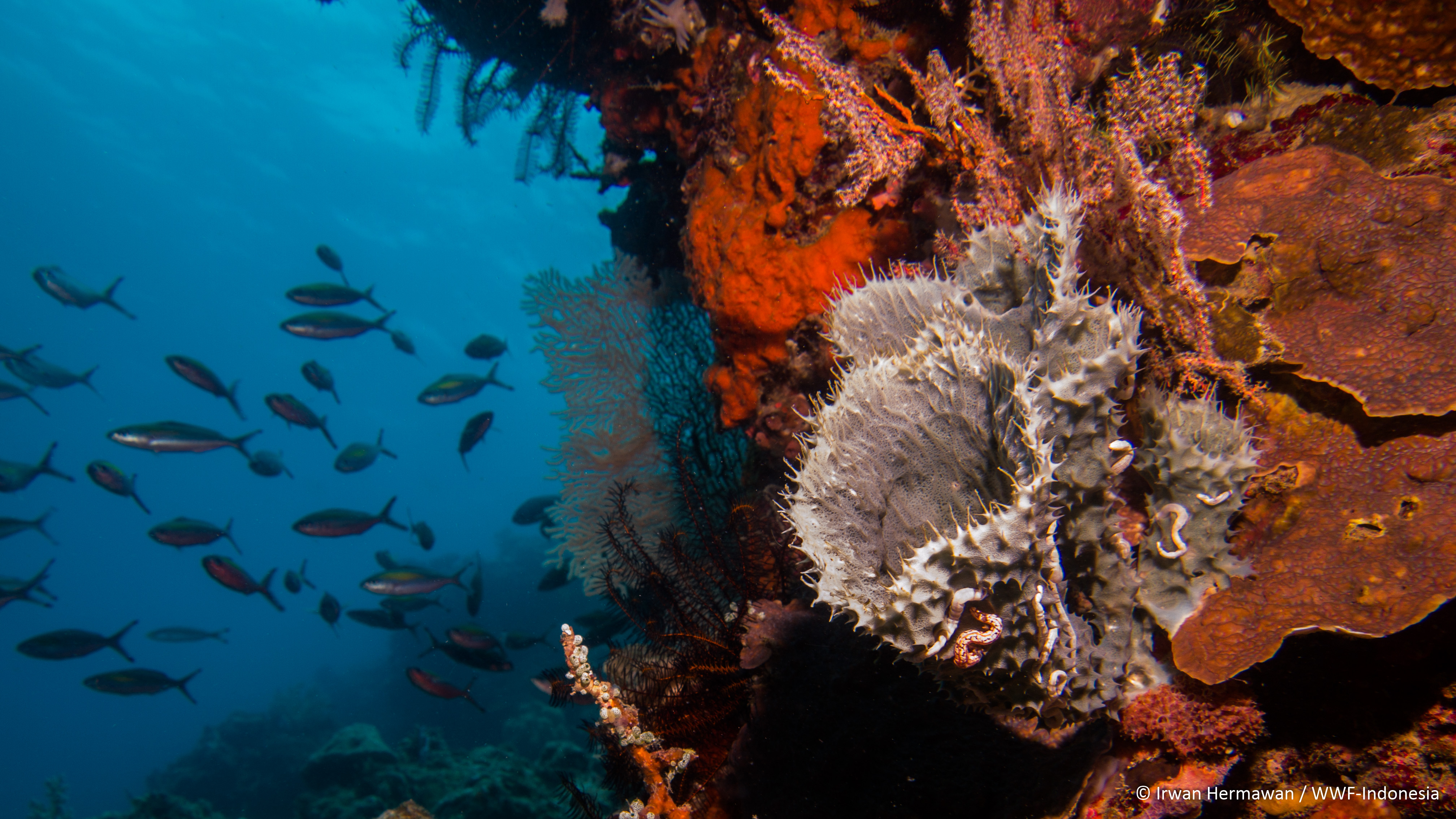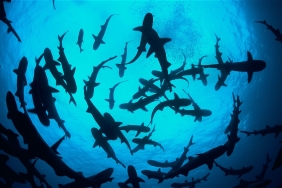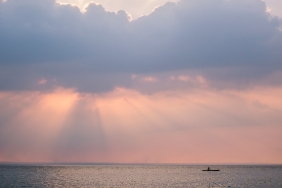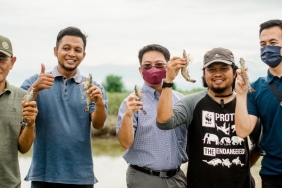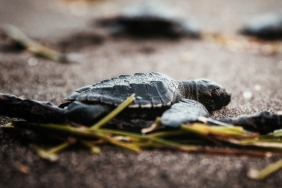ABOUT THE FLORES ALOR EXPEDITION
Marine ecosystem services, including fisheries, coastal protection, and marine tourism, play a critical role in the economy of Indonesia, contributing to livelihoods and food security for the majority of the population that inhabit the coastline. Marine protected areas are widely used management tool throughout the world, but there is a wide variation in the social and ecological outcomes. We are interested in understanding how and when MPAs in Indonesia, benefit biodiversity, fisheries, and human well-being.
WWF is leading a collaborative effort to understand the ecological and social impacts of MPAs in the Sunda Banda Seascape. This March, we will conduct ecological surveys inside and outside of 2 MPAs (Alor and Flores-Timor) to establish baselines for impact evaluation.
Surveys will be conducted using a team comprised of members from WWF, WCS, and the local and National Government . Teams will be collecting data on the fish populations and on coral cover. This is the beginning of a longer term study where we will evaluate changes in the ecological condition of the coral reefs over time following the recent establishment of the MPAs. Later on this year, we will be collecting data on the baseline social conditions in the same region.
The Alor-Solor and Flores Timor regions are located in the Nusa Tenggara Timur chain of islands.Economic conditions of the coastal communities in Alor and Solor are less than optimal and as a result unsustainable harvesting levels and practices have become common ground. In addition, the relatively good status of the ecosystems in this area is luring fishers from afar to the area, further increasing pressure on the natural resources.
WWF has worked together with local government and communities in this region before 2009 to conserve and maintain the marine areas primarily focusing on efforts to support the establishment of Marine Protected Areas (MPAs) in Solor-Alor and Flores Timur regions. The Solor-Alor MPA was declared in 2012, covering a huge area with a total of 400,080 hectares, while a 150,000 ha Flores Timor MPA has recently been declared in 2013. The area is home to high diversity of coral, reef fish, mangrove and seagrass species and some important marine animals.

